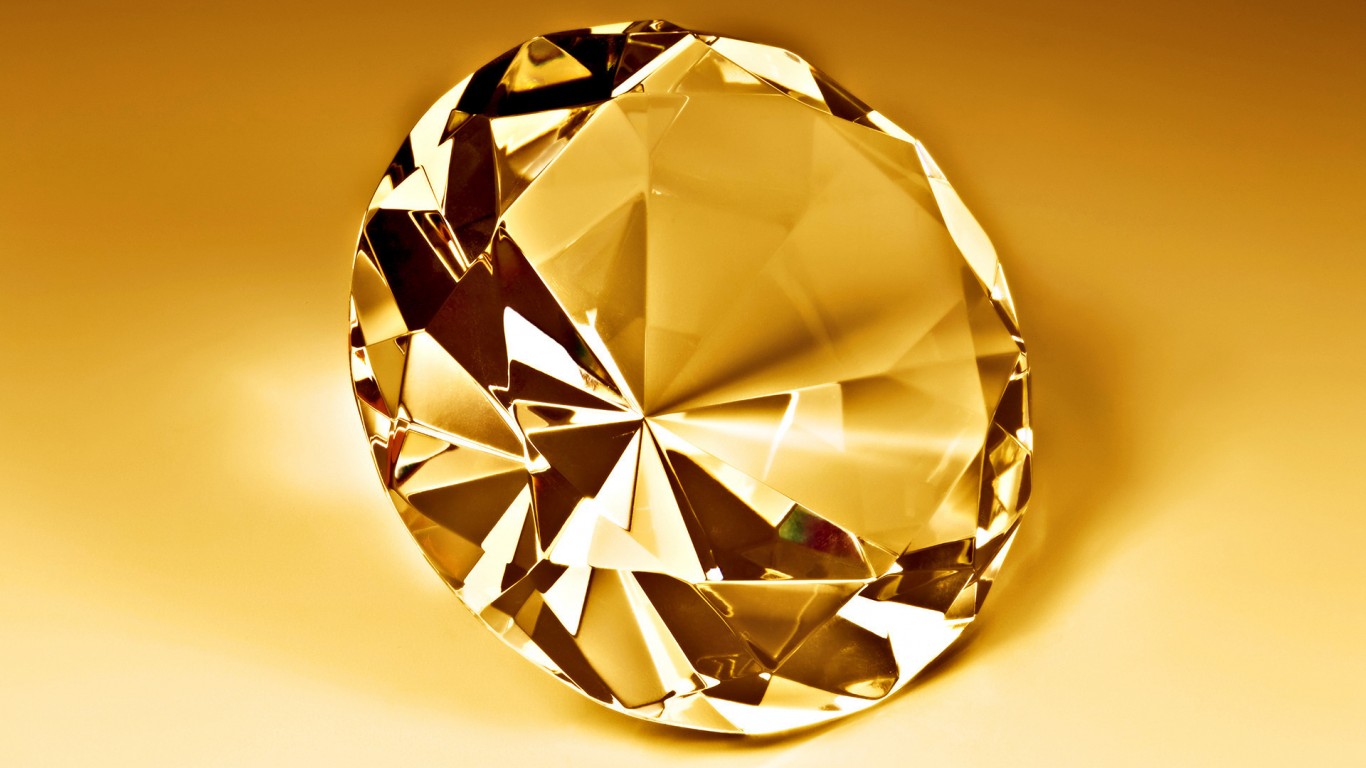When you’re diving into the world of lab grown diamonds, one term that pops up a lot is “cut.” But what does it actually mean? It’s not just about how a diamond looks; it’s about the magic that happens when a rough stone is transformed into a sparkling gem. Let’s break it down.
Table of Contents
The Basics of Diamond Cutting
So, what is diamond cutting? It’s the art and science of shaping a diamond from its natural rough form into a polished stone that can be set into jewelry. This process isn’t just about making it pretty; it’s about enhancing its characteristics and making the most of its natural beauty.
What is a Diamond Cut?
A diamond cut refers to how well a diamond has been shaped and faceted. Think of it like baking a cake. You can have the best ingredients (the raw diamond), but if the cake isn’t baked properly, it won’t taste good (the diamond won’t sparkle as it should). The cut affects how light interacts with the stone, influencing its brilliance and overall appearance.
Why is Cut Important?
Cut is one of the most crucial factors in determining a diamond’s beauty and value. A well-cut diamond reflects light beautifully, making it sparkle and shine. In contrast, a poorly cut diamond can look dull and lifeless, regardless of its size or clarity. So, when you’re shopping for diamonds, understanding the cut is essential.
Types of Diamond Cuts
There are many types of diamond cuts out there, each with its own charm and style. Let’s explore some of the most popular ones.
Round Cut
The round cut is the most popular and widely recognized diamond shape. It features 58 facets, maximizing its brilliance and fire. If you want a classic look, this cut is a safe bet.
Princess Cut
The princess cut is a modern favorite, known for its sharp corners and contemporary feel. It’s typically square or rectangular and boasts incredible sparkle, making it a popular choice for engagement rings.
Emerald Cut
The emerald cut is all about elegance. With its rectangular shape and step-cut facets, it provides a unique look that emphasizes clarity. It’s less about sparkle and more about the beauty of the stone itself.
Other Notable Cuts
Beyond these, there are many other cuts worth mentioning—like the oval, pear, and cushion cuts. Each has its own vibe and appeal, catering to different tastes and styles.
The 4 Cs of Diamonds
When evaluating diamonds, you’ll often hear about the 4 Cs: Cut, Clarity, Color, and Carat Weight. While we’ve discussed cut, let’s quickly touch on the other three.
Cut
As we’ve discussed, the cut is crucial for the diamond’s beauty.
Clarity
Clarity refers to the presence of internal or external flaws, known as inclusions and blemishes. The clearer the diamond, the more valuable it is.
Color
Color in diamonds ranges from colorless to shades of yellow or brown. The less color, the higher the value, but some fancy colored diamonds are highly sought after too!
Carat Weight
Carat weight measures the size of the diamond. A heavier diamond generally costs more, but the cut and quality can influence this as well.
How Cut Affects Diamond Value
Understanding how the cut impacts a diamond’s value is key when making a purchase.
Light Performance
A well-cut diamond reflects and refracts light beautifully, creating a stunning play of color and brilliance. Poor cuts can lead to light leakage, diminishing its sparkle.
Brilliance and Sparkle
The cut determines how much light enters the diamond and how it’s reflected back. A diamond that’s cut too deep or too shallow can look flat and lifeless, so it’s crucial to find that sweet spot.
Choosing the Right Cut for You
Now that you know the ins and outs of diamond cuts, how do you choose the right one?
Personal Style and Preferences
Your personal style plays a significant role. Do you prefer modern or classic? Bold or subtle? The right cut should resonate with your taste.
Budget Considerations
While cut is important, it’s also essential to balance it with your budget. Sometimes, you might find a slightly lower quality cut that fits your style and budget perfectly.
Caring for Cut Diamonds
Once you’ve got your beautiful diamond, you’ll want to keep it looking its best. Here’s how.
Cleaning and Maintenance
Regular cleaning is essential. You can use a gentle soap and warm water to clean your diamond. Avoid harsh chemicals, as they can damage the setting.
Storing Your Diamonds
When you’re not wearing your diamond, store it safely in a soft cloth or a dedicated jewelry box to prevent scratches.
Conclusion
So, what does cut diamond mean? It’s a blend of artistry and science, significantly impacting how your diamond looks and shines. Understanding cut—and how it fits into the broader picture of the 4 Cs—can help you make an informed choice when selecting your diamond. Whether you’re in the market for an engagement ring or simply love the sparkle of diamonds, knowing your cuts can enhance your appreciation for these beautiful gems. Remember, the right cut not only defines the diamond’s beauty but also reflects your unique style and taste!

